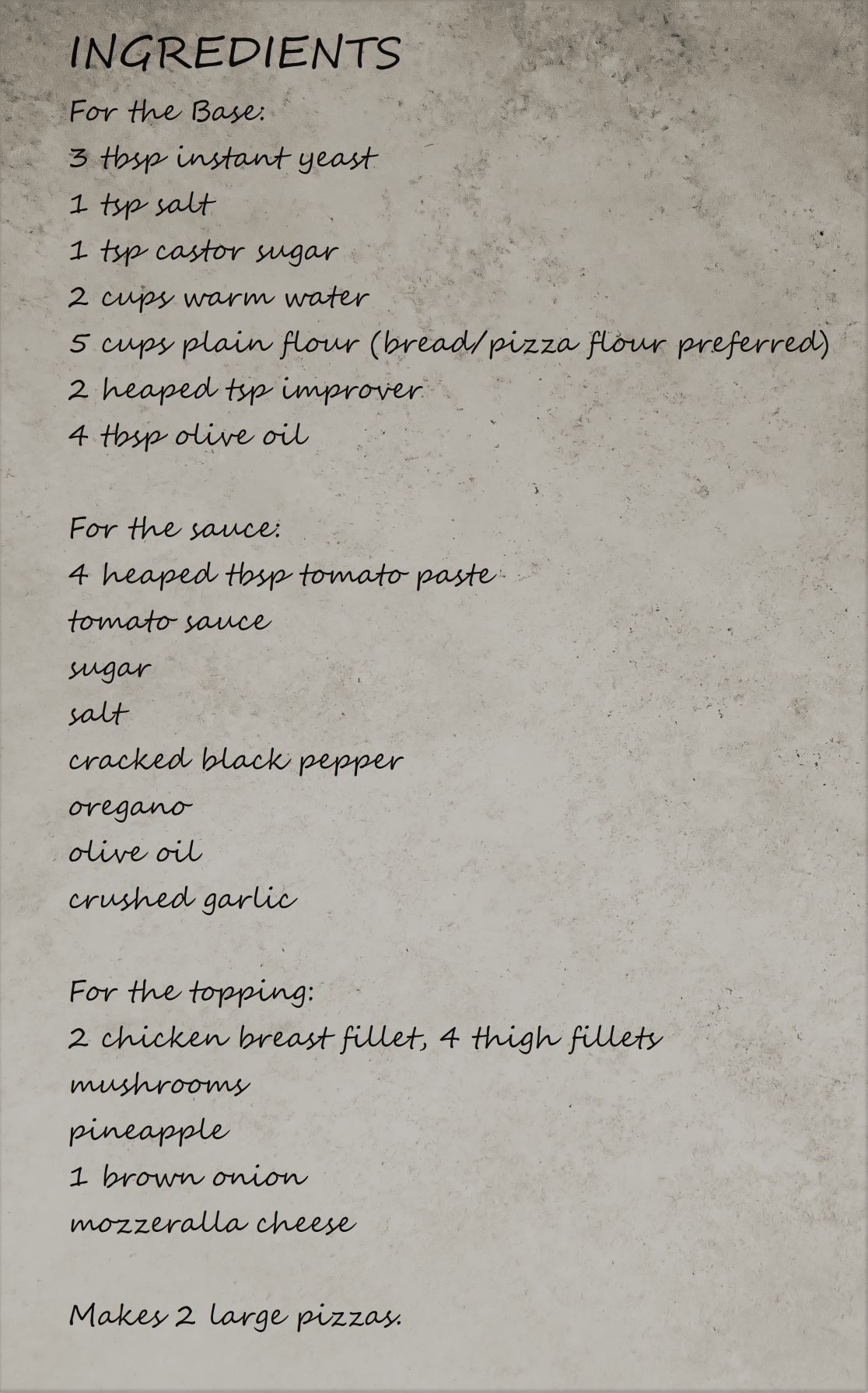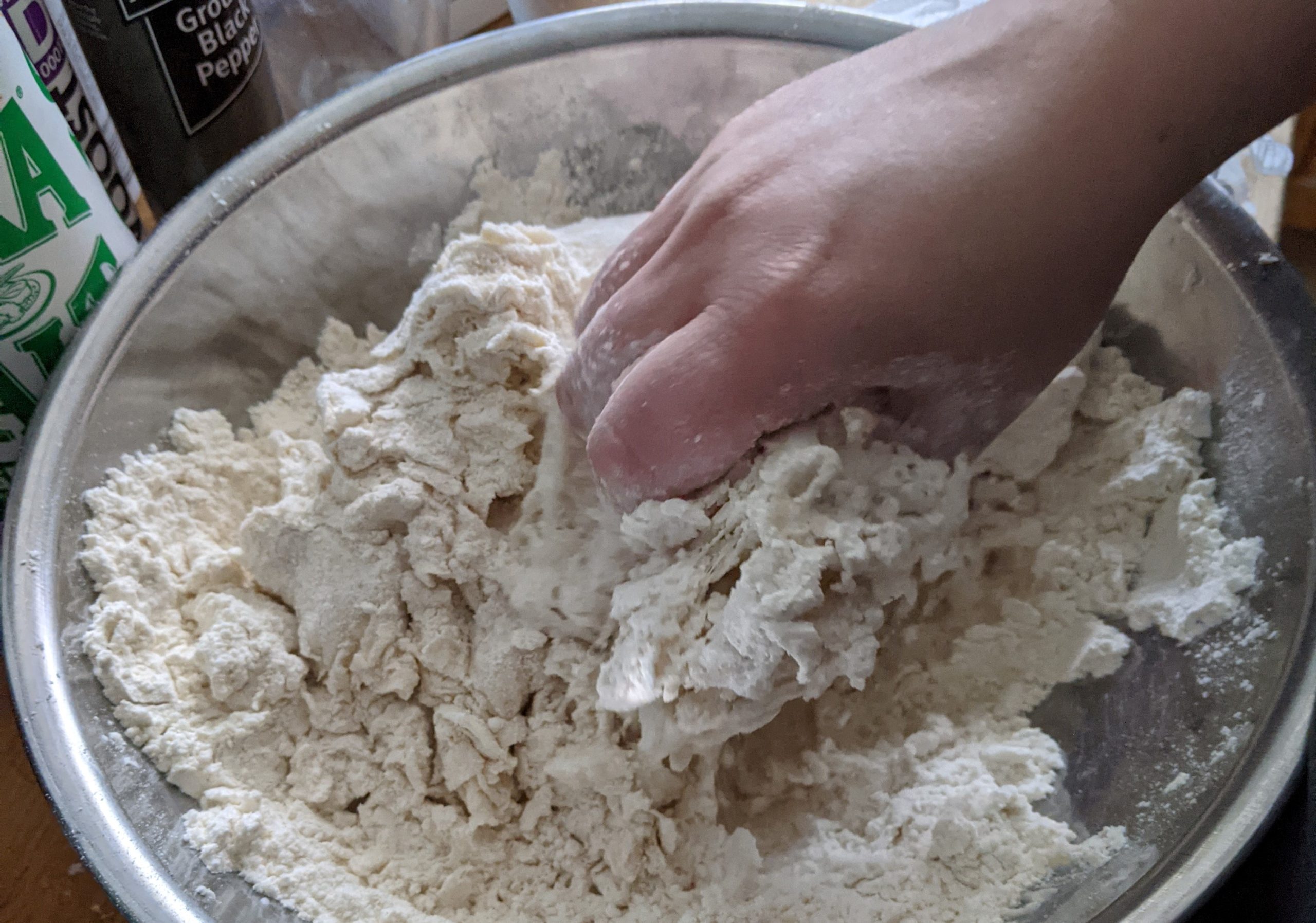It had been quite a few months since the last time I made homemade pizza. I had had plans to make it for ages, but each time I planned on doing it, something else would come up – or I would realise that I didn’t have everything I needed.
This time, I was prepared. I had all the ingredients. I had the time. And I was ready to get my hands dirty.
Pizza Dough Secrets
There are several secrets to good pizza dough. The first is to make sure to warm the metal bowl with hot water. The pizza flour can be cold, especially in winter, but will warm quickly in a heated bowl.
The second secret is in the type of flour. Any plain flour will work, but the best pizza dough comes from using special pizza flour. My flour of choice is Lighthouse Bread and Pizza Flour. It is stronger and higher in protein than average plain flour, which leads to a crispier crust and softer interior.
Third is the use of bread improver. According to various bread making websites, improver is a mix of acids and enzymes, often containing soy flour, which act to strengthen the gluten in the flour and “feed” the yeast. This results in a better loaf – or in this case, pizza.
To Knead or not to Knead
Kneading the dough is the part a lot of people try to avoid, the most controversial part of the pizza and bread making process. Some find it therapeutic to pound their frustrations out into the dough. Others get bread machines so that they don’t need to touch it.
I personally find the kneading process frustrating and sticky at first, but the dough gradually comes together to form a soft, pliable ball. The longer I knead it, the lighter the dough will be once risen and the quicker it will rise.
Once the ball is formed, I roll it in a dusting of extra flour and place it in a large, oiled plastic bag. I gently blow warm air into it until the bag just stands upright, while still leaving room for the yeast to expand.
The bag is then nestled in a dishtowel-lined bowl and placed in a warm room to rise. While it is rising, I can start boiling the chicken for the topping in salt water. Or even take a nap, knowing that it will be a couple of hours before the dough is ready to be rolled out. All I can do for the moment is wait.


